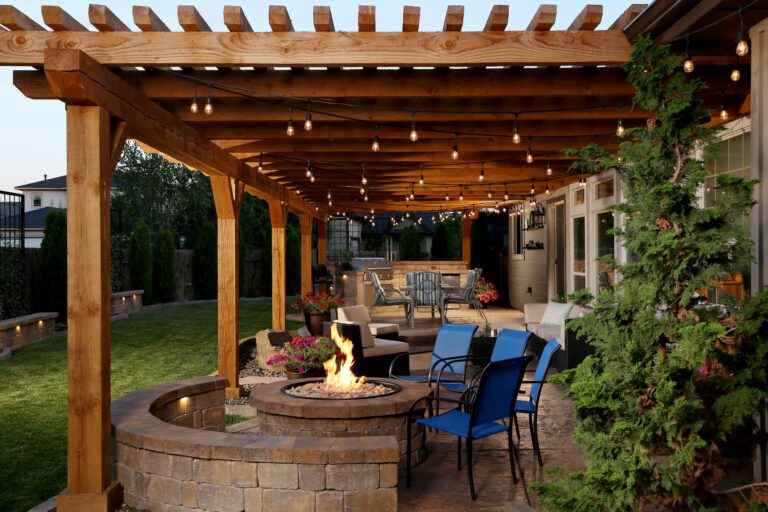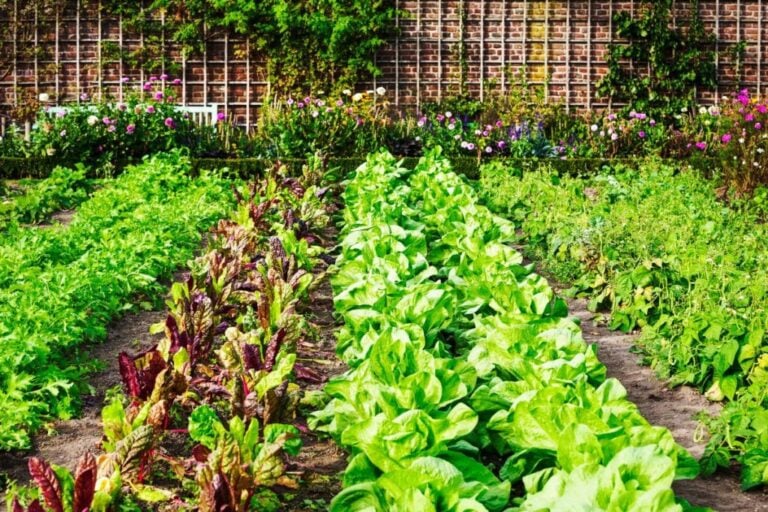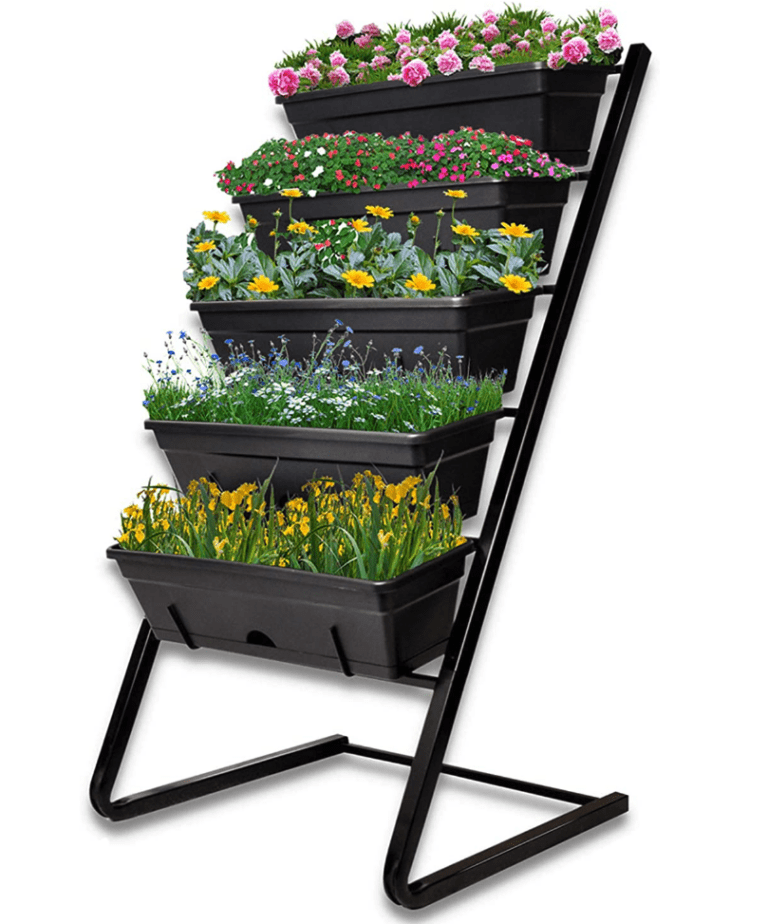Best Sources of Homestead Water
Homesteading is gradually gaining popularity globally as more people search for methods to simplify their lives, reduce expenditure and become more self-reliant.
The traditional homesteading classification is outdated and might lead you to believe you have to move to a farm or the countryside to become a homesteader. However, this is not always the case. Urban homesteading in your tiny backyard is a great way to get started.
This article will look at how and where to start homesteading and some fun backyard homestead ideas to encourage you.
Water is an indispensable commodity for everyone, no matter where you reside. For people who live in the country, creating or finding a homestead water source and having it flowing is usually an individual responsibility. Although the process may seem intimidating initially, the details behind success are simple.
You can find water in the countryside in three chief locations. Wells, rainwater collection, and surface sources such as rivers, lakes, springs, etc., are often sought-after options. Out of all these potentials, wells are undoubtedly the most important.
Homestead Water Sources:
Types of Wells:
Wells can be shallow, deep, dug, drilled, driven, or bored. Drilled wells are usually at least 25 feet deep, however small in diameter, typically around 4 to 8 inches wide, and are the only option for getting water from bedrock. Bored wells include a metal tube, a “casing,” pressed partially down into the hole and several feet above the ground to keep out dirt and surface water.
Dug Wells:
Conventionally, wells were dug by hand and covered on the sides with stones, but today the exertion of digging a well is generally done by an excavator or backhoe. Dug wells can only be shaped in soil — usually 24 to 36 inches wide and typically less than 30 feet deep. Tube-shaped concrete tiles keep surface water and soil out of the suitable hole.
Bored wells:
Bored wells are like dug wells, but they’re created by special equipment that augers a circular hole into the ground. This lets the wells extend from 30 feet to about 100 feet deep! The tedious operation is less troublesome to the surrounding landscape. These wells also use concrete tiles to keep insects, surface water, and dirt out of the suitable hole.
Driven wells:
Driven wells are made by installing a strong, stiff, screened attachment, known as a “sand point,” onto the end of the steel pipe. The sand point lets a pipe be hammered into the ground to withdraw groundwater from shallow, abundant sources in sandy and coarse soils. Sand points are generally the cheapest and simplest option for making a well, but they work only if hydrogeological conditions are perfect. In ideal conditions, a driven well can spread to depths of 30 or even 50 feet when driven by weighted hammers.
Get Clean Drinking Water:
As the owner of your private water system, you’re liable for safety testing to guarantee that you have clean water for consumption. Professionals recommend lab examination of water samples twice a year — in fall and spring — with further tests whenever you notice changes in smell or appearance. Irrespective of the available tests where you live, collecting water samples correctly is essential.
Start with a sanctioned bottle containing an alleviating agent in powder or pellet form. Remove any filter screen, or hose from a tap, and then let the water run for a couple of minutes before filling the approved container. Don’t let anything come into contact with the inside of the bottle cap. Hold the cap facedown to avoid this while the bottle fills. Refrigerate your sample immediately, and have it examined within a couple of days.
You should also ensure that your well doesn’t introduce impurities into underground aquifers. In its natural form, groundwater is generally pure. The continued cleanliness of groundwater depends on the time the surface water infiltrates through the ground. This is why any situation that lets surface water channel immediately into the aquifer, either through or around existing wells, leads to difficulties. This danger is why responsible governments’ police allow able methods of well creation. Created accurately, wells are the only supply of non-municipal water with the possibility to be safe without the demand for ongoing sterilization via UV treatment or chlorination.
Although wells are a good option, they’re not always the best choice. Wells can be costly to develop, and sometimes, in drilling down to usable amounts of water, wells come across naturally occurring minerals that might cause unpleasant water appearance, taste or odor. Those are reasons people choose to create and use surface water sources such as springs, lakes, and rivers.
Surface water sources are often ample, but they’re also susceptible to pollution, so water specialists everywhere consider it vital to treat water from shallow sources even if its tests are cleared. You’ll also have to invest in good quality filters to remove coarse residues that don’t exist in well water. In cold weather, tapping into surface water resources throughout the year can also be challenging to keep the water lines from freezing over. Even if your property includes a well, developing any surface water sources you have for less demanding uses — such as washing vehicles, irrigation, or livestock— makes more sense.
Making Homestead Water Sources Flow:
Piston pumps, submersible water pumps, and jet pumps are the three most common preferences for generating water sources, and each has unique weaknesses and strengths.
To understand these, you need to understand two central facts about water dynamics. The first is that the maximum sensible depth for drawing water up by suction varies between 18 and 22 feet, depending on your altitude. The second is that water pumps cannot move air, which is why some of them require a process known as “priming.”
Priming involves filling pump casings and intake pipes with water before operating them. This can be one of the most demanding parts of getting a water system to work correctly. The necessity for priming can also affect the pump you select.
Types of Water Pumps
Piston pumps:
Piston pumps make a pleasant sound as they operate, and most include about two visible rubber drive belts linked to an electric motor by noticeable pulleys. Shallow-well piston pumps are excellent if you have situations in which you are unearthing the water no more than about 20 feet, with no more than 300 feet of a level draw.
Jet pumps:
Jet pumps are a common choice because they’re low-priced and work in deep and shallow wells. A jet pump makes a turbine kind of sound — most models of jet pumps are rather loud. These pumps must be primed before they can work, and even a very small amount of air in the water lines will stop them from operating.
Submersible water pumps:
Submersible water pumps are relatively expensive. They move more water than other pumps of a given horsepower, and they don’t require priming because the pump itself is installed below water level. A submersible water pump is not openly visible— water only flows from an incoming pipe inaudibly.
Hand pumps:
Hand pumps are a choice for any homestead, though most families require more water than hand pumps can essentially supply. Shallow-water models are easy to install, low-priced, and widely available. Deep-water hand pumps are more complex because they have a pumping cylinder installed below the water surface inside the well.
Developing the skills and understanding to install and uphold your own homestead water sources presents more than the usual advantages. When it comes to water, self-sufficiency skills can often get your water flowing long before an expert even arrives — and you’ll save a lot of money!
Homesteading:
When farming, the aim is to live a greener, more self-sufficient, and more sustainable lifestyle. Your backyard homestead activities might be steps to help you achieve this ecological lifestyle.
Homestead Needs:
There are some things that every backyard homestead must have, and setting them up is the best way to begin your backyard homestead.
- A Growing Space:
Growing herbs and vegetables is a way to start backyard farming. Your plants require light to prosper, so a sunny growing area is necessary.
You don’t require a large expanse, and you can easily plant vegetables in containers or raised beds; even a sunny kitchen ledge is ideal. Vertical planting is a great way to maximize space if you have a tiny backyard.
- A Water Source:
Every farmstead needs a reliable, steady water source, even backyard homestead plots.
There are several methods by which a backyard homesteader can secure, redirect and save water to save money and have a greener life.
- A Composting System:
Some type of composting is necessary for any backyard homestead gardening.
Composting decreases the waste that goes to landfills, enhances the soil, and helps you grow tasty, nutrient-filled fruits and vegetables.
You could start with a small compost heap, construct a compost bin, set up a worm composter, or get a beaker.
Worm composters and compost tumblers don’t require much space, which makes them ideal for urban homesteading. They also accelerate the composting process, keep rodents and animals at bay, and don’t have any odor.
- Storage Space:
In little time, your backyard homestead garden will become fruitful, and if you require a way to preserve and store the food, you will grow. Preserving using canning, drying, or pickling will help you save and enjoy your yield throughout the year!
Though you will need a storage area to keep the dried herbs and vegetables, you need to make shelf space for mason jars or cans of preserves.
Pros and Cons of Homesteading:
If you wish to live a simple, independent lifestyle, backyard homesteading might be the perfect fit. However, it’s not always simple and easy. Below are some advantages and disadvantages of a backyard homestead that you might want to read.
Pros:
- Easy to Start:
It is simple to take small steps to be more organic and independent, and you don’t need to move your house or buy expensive gear to get started.
- Enhanced Gratitude:
When you prepare the plant seeds and soil and cultivate the plants, you acquire a better appreciation and understanding of your food and nature.
- Delicious Home Grown Food:
Sitting down to a delicious, nourishing meal made from your harvest is rewarding and pleasing. Not to mention the extra health benefits of eating fresh and natural produce.
- Increased Knowledge:
Homesteading forces you to think out of the box, learn new skills, and grow as a person. As your homestead produces and you undertake new projects, you will frequently acquire new skills and knowledge.
- Simpler Life:
Streamlining life and learning to live with fewer things can be very satisfying, and it helps reduce the stress of daily life.
- Money Saving:
Reducing the use of water and electricity, growing food, and doing everything by yourself whenever possible save you a lot. These savings can help you design a lifestyle you love and can afford.
- Reduced Waste:
Recycling used items and composting play an essential role in your journey to create less waste and become more sustainable.
Cons:
- Emotionally Challenging:
Dealing with damages is a part of homesteading. It takes some experimentation to perfect your skills. It can be upsetting when an animal or bird takes your chicks or when pests consume your entire vegetable garden suddenly.
- Hard Work:
Homesteading requires continuous, disciplined work and can be exhausting even if you have a small backyard garden. Operating in the garden, feeding, and checking your crops and animals may be what you love, but it has to be an everyday task regardless of the weather.
And when you have a large crop of fresh vegetables or fruit, it will mean countless hours in the kitchen preparing and conserving.
- Unconventional:
A backyard homestead is anything but a conventional garden, and your neighbors might not have the same principles as you, which might make them distressed over your projects.






